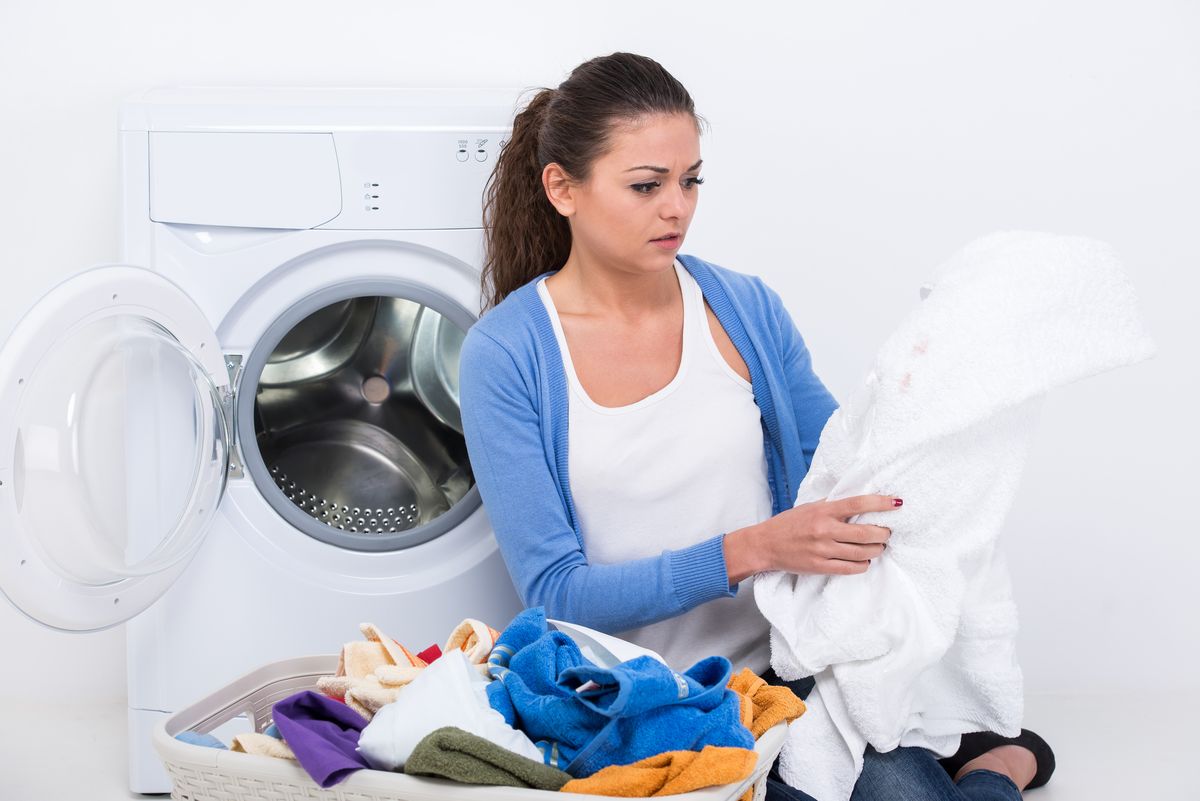The question of how often to do laundry makes family women smile. They don't have time for such reasoning. In some families with children, the drum is loaded almost daily. Bed linen, clothes, and even kitchen towels... Just have time to turn on the machine! Therefore, more often women think about something else: is it possible to reduce the number of washes by putting both clothes and kitchen towels together. Let's figure this out together.

Why home economics gurus are against consolidation
The tradition of separating kitchen textiles from other things when washing has long been established. But then, at the time of washing machines of the last century, we did not put in the same amount of laundry, and the duration of one cycle was much shorter.
Why is it that now, when drums have become so capacious, we are recommended to continue to follow our mother’s lessons? It's simple. For high-quality cleaning and disinfection, the towels and napkins that we use in the kitchen require special conditions.
What should the regime be like?
You shouldn’t be gentle with them, otherwise you won’t be able to get rid of harmful bacteria and microbes that have “settled” on the fabric.

Important! When choosing a program for washing kitchen textiles, you should select a full cycle and the highest possible water temperature.
Agree, not all things that are waiting to be washed will withstand the “harsh” regime, maintaining the quality of the material. So it turns out that by combining different things and reducing the number of cycles, we also reduce the service life of products that are placed in the same drum with napkins.
Why proximity to kitchen towels is undesirable for clothes
But even if you have chosen durable clothes that will not be damaged by the chosen mode, you should think carefully before pawning everything together.
And it's all about germs again! They are definitely on the napkins. This means that a certain number of microorganisms will get into the water. Are you still sure that you should dip your underwear, clothes or children's things in it? That's it.
Co-washing - a risk or an opportunity?
It seems that everything is clear about the reasons for the prohibitive recommendations. But why then do many women violate it? The answer is simple: they have been convinced more than once that such a combination does not harm clothes and allows them to wash towels. But only if they follow the rules of such a combination that they have developed in practice.

- You can load everything together if the towels are not too dirty. To do this, housewives use paper towels and disposable napkins. And waffle or linen ones are used only for wiping hands. The experience of many housewives shows that washing at a temperature of 60-90° gives good results.
- If the color matches, it is possible to combine kitchen textiles with cotton T-shirts that can withstand high temperatures.
Important! Even if you decide to wash dishtowels with clothes, you should not combine napkins and underwear in the same load.
- Pre-soaking kitchen cloths also helps reduce the risk of combining different items in the same wash. Soaking will also rid the napkins of odors that the fabric fibers retain. When soaking, it is better to use hand washing products with a stain remover effect.
- Housewives often combine kitchen towels with home clothes to reduce the number of loads. This makes them feel calmer, because they maintain a more delicate mode for other things. However, it should be noted that this option is possible in a large family, where each family member puts a lot of home clothes into the dirty laundry basket.
- To avoid damage to products included in the same load, you should make sure that the recommendations for caring for them match.
To combine or not

Of course, all advice is advisory in nature. And each woman makes the final decision independently.
She will have to decide what is more important: reducing washing time, costs for water and electricity, or confidence in high-quality cleaning of things.
Do you wash kitchen towels with your clothes or do you think it’s wrong?


 0
0





